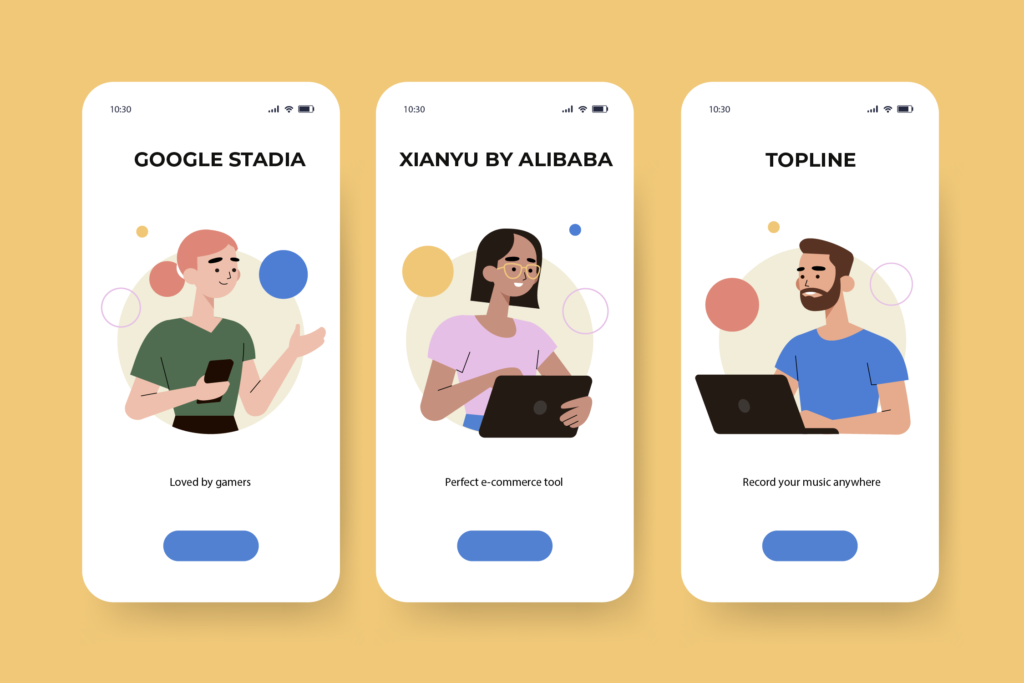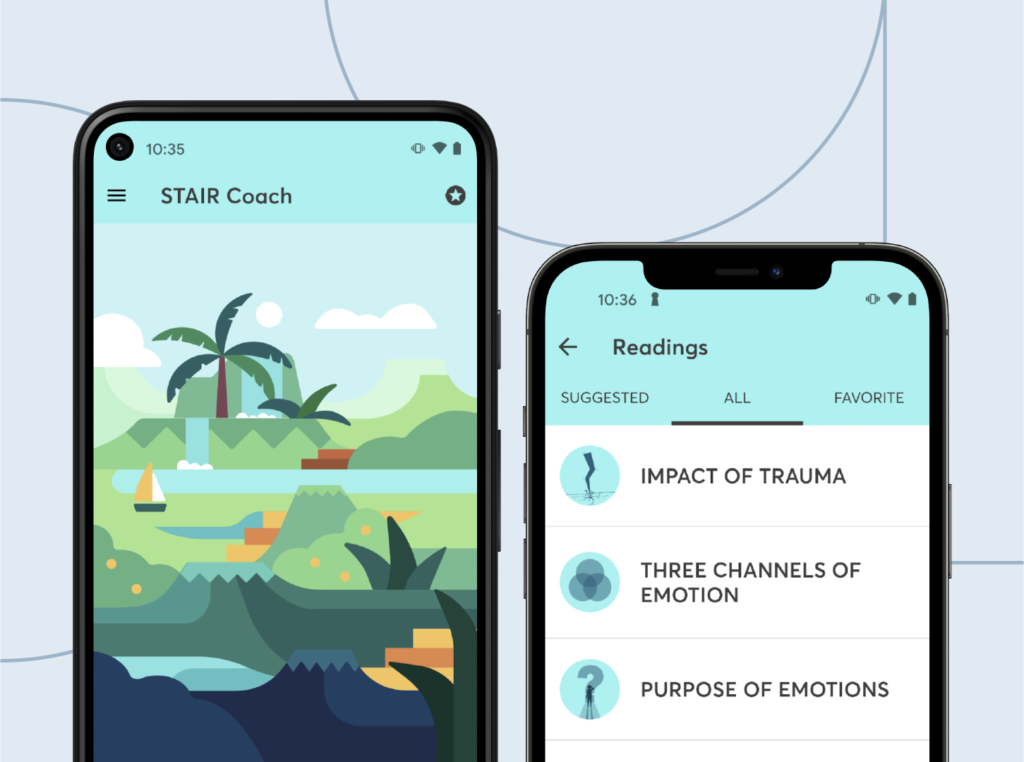Flutter is a set of development tools and an innovative framework that was developed and maintained by Google. It makes it possible to create cross-platform applications for computer devices, mobile devices on Android and iOS, and the web. Flutter application development services are available to everyone.
What is a Flutter?
The tool allows you to create user interfaces based on widgets that provide coverage of structure and style, thereby achieving high flexibility and the ability to reuse code. This is an open source product. What does it give? Developers have the opportunity not only to use it, but also to improve it while communicating with other community members, contributing to the development of Flutter.
The Dart language is used for application development, the framework has its own graphics rendering engine, which allows you to create an application for any operating system.
Widgets are used to create graphics, animations, shapes, buttons, texts and other elements. Basic kits in the composition: Material Design (for Android) and Cupertino (for iOS). It is also possible for developers to use other kits, the choice of which depends on specific requirements. There are also special sets of widgets that allow you to develop an application for a specific industry.
Flutter is an excellent tool for creating a high-quality product. This is provided by the following features: independent graphics rendering, different widgets, and a single code base.

Advantages and disadvantages of Flutter
What is flutter in mobile app development? These are effective tools that allow developers to create applications for different platforms.
Advantages of using:
- Applications for different platforms and using the same code. The cross-platform nature of the tool allows you to improve the development process and reduce costs. This is achieved by using a proprietary rendering engine that works independently of the platform. Developers have the opportunity to write code that will have the same appearance and work on all platforms in the same way.
- The speed of development. Using a declarative approach to user interface development makes it easier and faster to develop.
- High performance. It uses its own rendering engine running on a GPU.
- High aesthetic performance. A large set of widgets allows you to create beautiful and intuitive user interfaces.
Despite the many advantages of the tool, there are also some disadvantages. Flutter does not support all native development features, for example, access to hardware resources. In addition, in order to develop an application, it is necessary to master the static programming language Dart, which was developed by Google, after which optimization was carried out for the development of the user interface. After mastering this language, a lot of useful functions open up to the developer.
How does the framework work?
Understanding what a flutter application is, it is necessary to focus on the components of the Flutter architecture, which consists of such levels:
- Widgets. Declarative descriptions of the user interface. It is possible to organize them into a hierarchy, which ensures simplicity and flexibility when creating its complex components. Each widget is a specific part of the user interface (button, text, etc.).
- Engine. The basis of the framework, which is responsible for rendering the interface and interacting with the operating system. High performance and rendering efficiency is achieved using the C++ programming language.
- Framework. Basic tools and structures that allow you to create applications. The library includes classes that manage the lifecycle, events, and interaction of the application with the operating system.

For which applications is it suitable?
When choosing this tool, you need to know which applications are written in flutter. It is the best choice for the following types of applications:
- with high performance;
- requiring access to low-level functions;
- with a limited budget.
Flutter can be used to create a wide range of applications, ranging from small ones for everyday work, to large ones that are used by large corporations. Examples can be the mobile digital marketing platform Google Ads, the Xianyu Alibaba Group application (daily number of active users is more than 10 million).
How do I use the Flutter features?
To work with the tool, you need to have certain knowledge and skills, namely:
- understand what variables, operators, loops and functions are in programming;
- know the basics of the user interface: controls, layouts, animations;
- know the Dart programming language;
- have skills in developing client-server applications;
- know the basics of native platforms;
- know the basics of mobile app design.
There are many resources where you can chat with experienced developers to learn how to create applications using Flutter.

Understanding what flutter applications are, it should be emphasized once again that this is a really powerful and flexible tool that allows you to develop mobile applications with cross-platform support. Flutter is constantly evolving, attracting the attention of developers all over the world, due to the provision of modern tools that ensure high performance and speed of high-quality application development. Google continues to work on improving the tool, and new functions and features are also being actively introduced, which allows you to create complex applications, which is why the tool is promising, and its popularity is only growing.